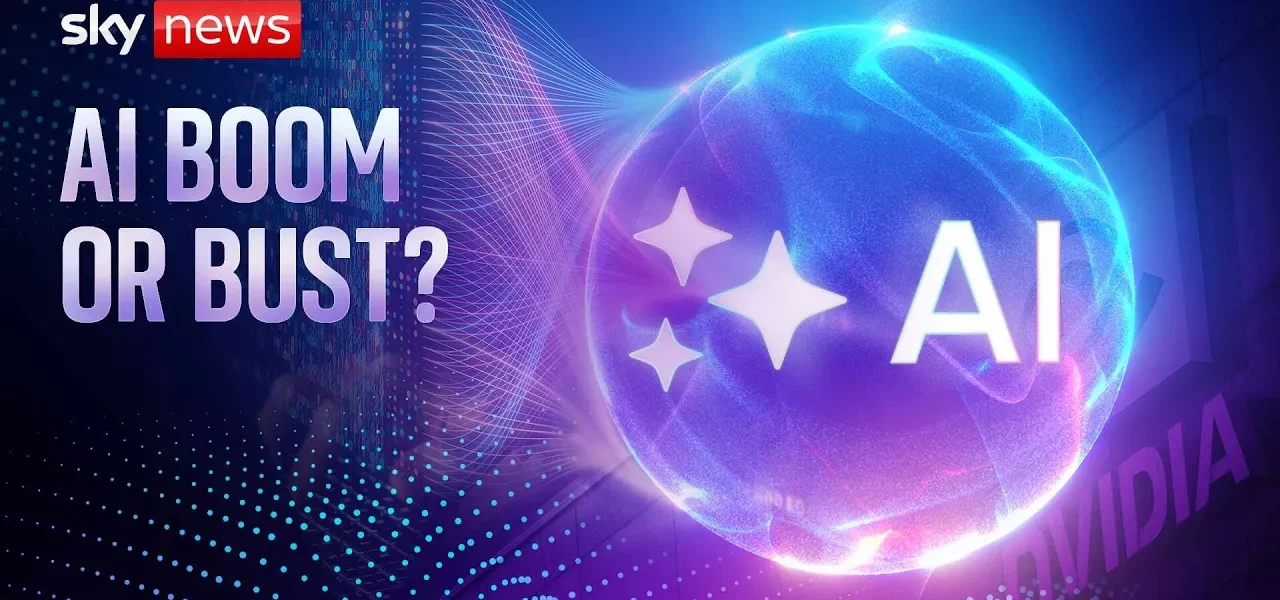The AI Boom: Is It a Bubble Waiting to Burst?

The rapid growth of artificial intelligence (AI) technology is revolutionizing various sectors, leading to soaring tech stocks and increased investments. However, with this surge comes the question: is this AI hype transforming into a market bubble that might eventually collapse? In this article, we delve into the intricacies of the AI boom, assessing its sustainability and potential risks.
Introduction to the AI Boom
The AI boom has become a prominent topic in financial and technological discussions. Estimates suggest that the AI market, valued at approximately $93 billion in 2020, is projected to double by 2024 and could exceed $800 billion by 2030. This incredible growth is primarily driven by major technology firms and startups investing heavily in the infrastructure and hardware necessary for AI systems. However, there are significant challenges that accompany this rapid expansion, raising concerns about the long-term viability and profitability of AI investments.
The Growth of AI Investments
Investment in AI technology has surged in recent years, with a focus on developing advanced algorithms and powerful hardware. This section explores the key aspects driving this growth.
Key Drivers of AI Investment
- Increased demand for AI applications across various industries.
- Significant funding from venture capitalists and tech giants.
- Advancements in machine learning and deep learning technologies.
- Growing reliance on data analytics for business efficiency.
Challenges in Scaling AI
Despite the enthusiasm, several challenges hinder the scaling of AI technologies, including:
- High development costs associated with AI infrastructure.
- Significant energy consumption required for AI operations.
- Uncertain profitability and added productivity from AI systems.
- Complexity in integrating AI solutions into existing business models.
Case Study: Nvidia’s Rise
Nvidia, initially known for its graphics cards, has become a key player in the AI market, briefly becoming the world’s most valuable company. This section examines Nvidia’s journey and its implications for the AI boom.
Innovative Products Driving Success
The company’s breakthrough products, such as the H100 and Blackwell chips, have positioned Nvidia as a leader in AI hardware. These products leverage mathematical principles used in graphics rendering, which are remarkably similar to those needed in machine learning.
The Bubble Debate: Are We Facing a Market Bubble?
As investments in AI continue to escalate, some analysts caution that the market dynamics resemble those of historical bubbles. This section explores the characteristics of market bubbles and draws parallels with the current AI landscape.
Understanding Market Bubbles
A market bubble occurs when the market value of assets diverges significantly from their intrinsic economic value. Key indicators of a bubble include:
- Rapid expansion of investment volume and valuations.
- Speculative behavior among investors driven by rising valuations.
- Companies with unclear paths to profitability.
Historical Precedents
The dot-com bubble of the late 1990s serves as a cautionary tale. Investors poured money into internet startups, many of which lacked sustainable business models, leading to a significant market crash in the early 2000s. Similar patterns are observable in today’s AI sector, raising concerns about the sustainability of current valuations.
Future Outlook: Will AI Innovate Beyond the Bubble?
Despite fears of a bubble, the potential for AI to drive innovation remains significant. This section discusses the future outlook for AI and its role in transforming industries.
The Transformational Power of AI
AI has the potential to redefine numerous sectors, from healthcare to finance. The investment influx is crucial for fostering innovation and technological advancements. Some key points include:
- AI’s ability to enhance operational efficiency.
- Development of new markets and job opportunities linked to AI technologies.
- Long-term benefits that may outweigh short-term market fluctuations.
Conclusion
The AI boom presents both opportunities and challenges. As investments surge, the potential for a market bubble raises critical questions about sustainability and profitability. Understanding these dynamics is essential for investors and industry stakeholders alike. While risks exist, the transformative potential of AI technology cannot be understated. It’s crucial to navigate this landscape with caution and foresight. For further insights, explore our related articles on AI trends and investment strategies.
“`




